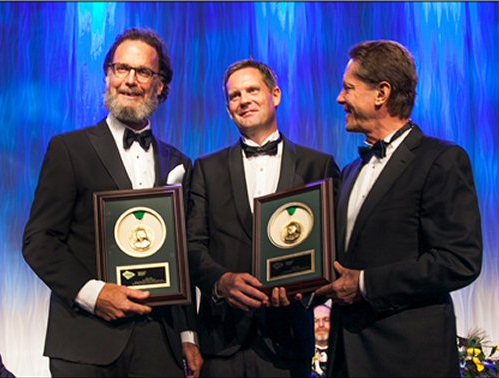http://www.ft.com/intl/companies/mining
How to minimise the risks of joint ventures with governments
If Rio Tinto could start again with Oyu Tolgoi, a $12.6bn copper and gold mine in Mongolia, what would it do differently? The question is addressed in an academic paper that examines ways to reduce the risks resource groups take when investing in frontier markets.
OT, which has already cost more than $6bn, is expected to be one of the biggest copper producers in the world and to last for decades. However, development has stalled as the Anglo-Australian mining group and the Mongolian government argue over how to pay for the second underground phase.
Rio is refusing to proceed until disagreements over cost overruns and taxes have been ironed out, while the cash-strapped Mongolian government wants to cut its 34 per cent equity stake in the project in return for higher royalties from the mine.
Much is at stake for both sides. For Rio, the expansion of OT will bulk up its copper business and reduce its dependence on iron ore. For Mongolia, it needs cash quickly from the mine to meet spending commitments.
So what can be done to prevent this situation happening again? The paper, written by Henry Steel, a special adviser at Rio, and Stefano Gatti, of Bocconi University Milan, focuses on the investment agreement between Rio and the Mongolian government as a key source of tension.
























